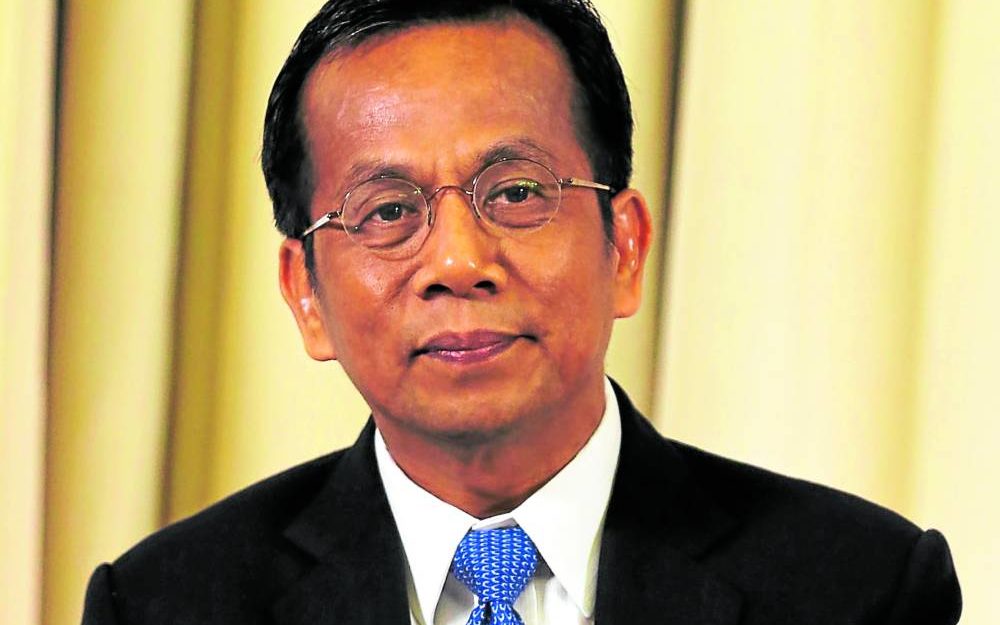The Philippines’ gross domestic product (GDP) grew by 7.6 percent in 2022, the fastest since the 8.8 percent posted in 1976, or 46 years ago, National Statistician Dennis Mapa announced on Thursday.
At current prices, Mapa said the economy is now worth P22.02 trillion, up from P19.41 trillion in 2021 with inflation-adjusted production reaching P19.95 trillion at 2018 prices.
The national production data, which excludes remittances from abroad, surpassed the expectations of government and private economists, both locally and abroad.
The preliminary figure for real GDP growth in 2022 surpassed the government’s own target range of 6.5 percent to 7.5 percent.
Biggest contributor
It also surpassed the forecasts of S&P Global Ratings (7.1 percent), World Bank (7.2 percent), Asean+3 Macroeconomic Research Office (7.3 percent), Moody’s Investors Service (7.3 percent) and Asian Development Bank (7.4 percent).
Mapa said household consumption and expenditures were the biggest contributor to the 2022 growth rate, with 6.1 percentage points.
The industries that contributed the most to the annual growth were wholesale and retail trade; repair of motor vehicles and motorcycles; manufacturing; and construction.
“There was so much pent-up demand… and that significantly improved economic activities,” said Socioeconomic Planning Secretary Arsenio Balisacan, who was appointed last June.
Among emerging Asian economies that have released last-quarter GDP data, Balisacan said the Philippines grew the fastest at 7.2 percent, followed by Vietnam at 5.9 percent and China at 2.9 percent.
“Clearly, if not for the high inflation and elevated prices during this period, growth could have been higher,” he added.
Easing tariffs
For 2022, inflation stood at 5.8 percent, above the bank’s target, and even reached 8.1 percent in December, the fastest in 14 years.
Economists believe that inflation peaked in December and expected the rise in prices to slow down over the rest of 2023.
Still, Balisacan, who also leads the National Economic and Development Authority, said that the government will continue to ease tariffs to fight inflation.
“We will continue to support consumers and affected sectors through the extension of reduced tariffs on various products, facilitation of an accessible food supply chain, reduction of transport and logistics costs, and other measures to cushion the impacts of inflation on the purchasing power of households,” Balisacan said.
GDP growth, he added, may slow down to 6 to 7 percent in 2023 because of an expected global economic slowdown, “but this target is still a very respectable growth, if we achieve it, considering the lower outlook for other countries.”


